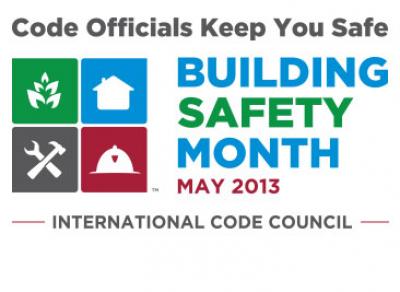- Neighborhoods
-
Community
-
- Overview History Vision Newsroom News Releases Pilot Newsletter Media Contact Projects Volunteer
- Engage Milwaukie Events City Calendar Recreation Biking in Milwaukie Parks and Trails Directory North Clackamas Parks and Recreation Reserve a Room Library
- Schools North Clackamas School District MHS Student of the Month Public Safety Police Clackamas Fire District #1 Code Compliance Emergency Preparedness Emergency Notifications Garbage & Recycling
-
- Business
- Departments
-
Useful Links
-
- Jobs Alerts & Notifications Email Subscriptions Emergency Notifications Meetings City Services A-Z Mapping & GIS
- Contact the City Staff Directory Request a Public Record Report a Code Violation Report a Pothole Report Misconduct Schedule an Inspection Documents & Forms Documents and Reports Forms, Permits, and Applications
- Helpful Links Digital Archives Library Catalog Municipal Code Purchase a Parking Permit Paperless Billing Pay a Ticket or Utility Bill Urban Forest
-
City celebrates Building Safety Month with weekly tips to keep you and your family safe
The Building Safety Month campaign helps to improve public safety by increasing awareness about how building codes and code officials improve and protect the places where we live, learn, work, worship and play.
Week Two's tips focus on disaster safety and mitigation.
For the last 33 years the 50,000 worldwide Members of the ICC have celebrated advances in constructing safe, sustainable, affordable and resilient buildings and homes.
The ongoing support of Building Safety Month and the important role code officials play in public safety in the built environment comes from the President of the United States, governors, mayors, county executives and other government officials and construction industry professionals.
To contact Milwaukie's Building Department, call 503-786-7613, email building@ci.milwaukie.or.us or visit the Building Department's webpage at http://www.ci.milwaukie.or.us/building.
Disaster Safety and Mitigation Tips
Week Two – May 15-19, 2013
The record-setting level of deaths, injuries and property destruction during 2011 provide a stark reminder that no matter where you live, everyone is at risk from natural disasters. However, the important lesson from this infamous year of earthquakes, hurricanes, tornadoes, wildfires and worse is not simply the power of nature. It is the power of human resilience. When people survive and communities endure disasters, they do so because of actions taken beforehand, with purpose, to make structures stronger and people safer.
Prepare Your Family
Making sure your family is prepared for any natural disaster is important. Below are some of the steps you can take to prepare your family and protect your home from natural disasters. Your actions can ensure that no matter what Mother Nature brings, you, your family and your community will be resilient.
Here are a few tips to follow from the Federal Alliance for Safe Homes – (FLASH®) when preparing your family for any emergency.
• Develop a family disaster plan that includes a list of food and water supplies needed for each member of your family and supplies for your pets. Make copies of important documents like insurance policies, the deed to your home, and other personal papers, important phone numbers and a home inventory. Create a checklist of important things to do before, during and after a disaster.
• Review your evacuation route and emergency shelter locations with your family. Options for evacuation would include staying with friends and relatives, seeking commercial lodging, or staying in a mass care facility operated by disaster relief groups in conjunction with local authorities.
• Taking shelter is critical in times of disaster. Sheltering in place is appropriate when conditions require that you seek protection in your home, place of employment, or other location where you are when disaster strikes.
Review your plan regularly. If you make changes that affect the information in your disaster plan, update it immediately.
Protect Your Home
The power of these natural disasters can be overwhelming. While you can't necessarily stop natural disasters from happening, there are steps you can take to increase your home's chance of survival, even in the face of the worst Mother Nature can dish out.
Earthquakes
If the earthquake occurs in a populated area, it may cause deaths, injuries and extensive property damage. Here are some helpful tips to prepare your family and protect your home.
• Plan and hold earthquake drills for your family.
• Identify two ways to escape from every room in the home.
• Keep a flashlight and sturdy shoes by each person's bed.
• Select a safe location away from the home where your family can meet after evacuating.
• Have an earthquake kit containing water, food, medicines and other necessities for at least three days
• Make sure your home is securely anchored to its foundation
• Strap water heaters, appliances and TVs to wall studs.
• Anchor bookshelves, heavy furniture, appliances and televisions to wall studs.
• Secure pictures, mirrors and ornaments to the wall with appropriate fasteners.
• Know where and how to shut off electricity, gas, and water services.


